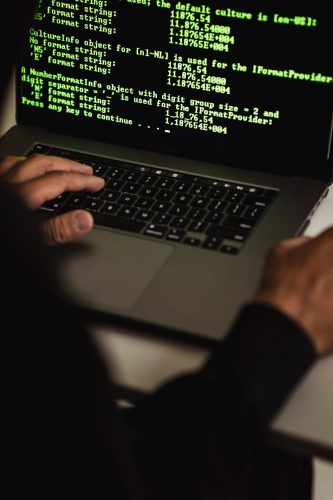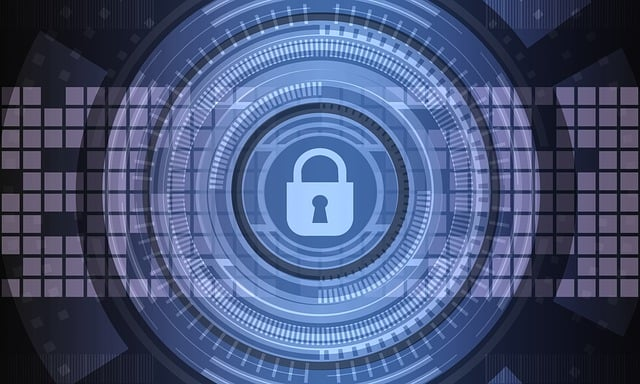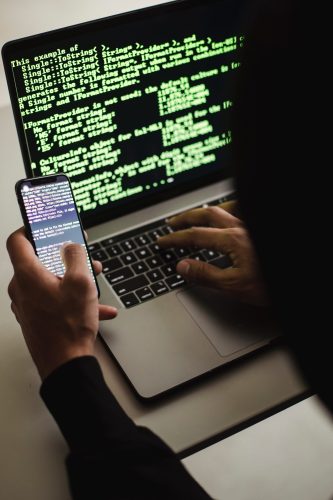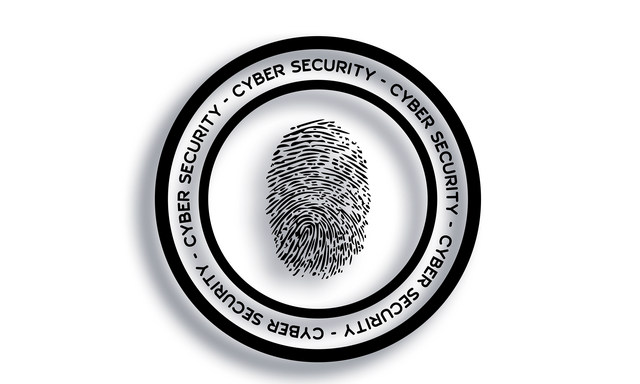As a business owner, you may have already invested in several security measures to protect your company from physical theft or damage. However, have you considered the risks of cyberterrorism?
Cyber terrorism is a growing threat to businesses worldwide, and ignoring it could cost you a lot in terms of lost data, revenue, and even reputation. This blog post aims to provide you with some knowledge about cyberterrorism and tips on how to protect your business from it.
What is Cyber Terrorism?
Cyberterrorism is a form of terrorism that uses the internet or other digital means to attack computer systems, networks, or critical infrastructures. Such attacks are instigated by terrorist organizations or individuals for political, religious, or ideological motives. The ultimate goal of cyber terrorists groups is to cause sufficient destruction, fear, or harm to the computer or communication networks of government agencies, military personnel, individuals and organizations. Cyber terrorists use a wide range of techniques such as malware, phishing campaigns, denial-of-service (DDOS) attacks, or even physical damage to achieve their objectives. Cyber terrorism makes our physical and virtual worlds converge and help us further understand the importance of cyber security.
Infamous Cyberterrorism Attacks in the United States
In recent years, the United States has been the target of several infamous cyberterrorism attacks from both the North Korean government and Russian hackers. These attacks have caused significant damage and have raised concerns about the country’s cybersecurity measures. While the North Korean government has been known for its cyber espionage activities, the Russian group claimed responsibility for some of the most severe attacks against the US. Despite the efforts of law enforcement agencies, it is challenging to prevent these attacks, given the sophisticated techniques employed by the attackers.

Cyber Attack Statistics Across the World
The financial impact of global cybercrime is projected to reach an astounding $10.5 trillion each year by 2025 according to Cybersecurity Ventures, underscoring the necessity for strengthened measures in cybersecurity.
Additionally, nearly 60% of small businesses that experience a cyber attack go out of business within six months. These staggering statistics highlight the importance of investing in cybersecurity measures. Business owners must stay vigilant and take the necessary precautions to protect their company and its assets.
The Risks for Business Owners
Business owners are at high risk of cyberterrorism attacks because of their reliance on technology, data storage, and online communication. Hackers can steal sensitive business and customer data, demand ransom, install malicious code, disrupt business operations, and damage reputation. The consequences of a successful cyberterrorism attack can be devastating and long-lasting, ranging from financial loss to even bankruptcy.
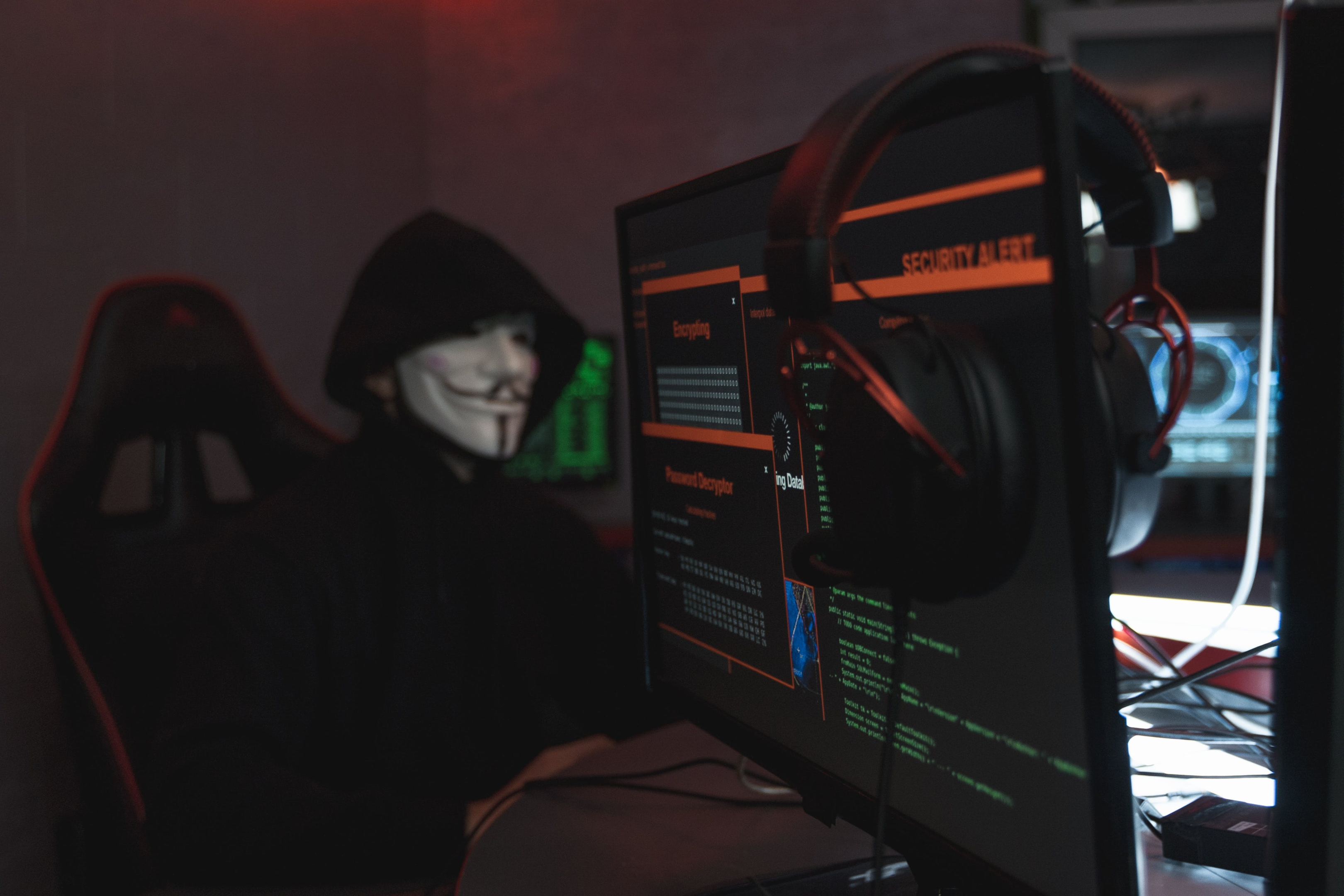
How to Protect Your Business from Cyberterrorism and Cyber Attacks
Unfortunately, cyberterrorism is becoming more frequent and sophisticated, leaving many businesses vulnerable to cyber incidents. Therefore, it’s essential to take steps to protect your business from cyber terrorist groups.

Keep Your Software and Computer Systems Updated
One of the easiest ways to prevent cyberterrorism is to keep your software and systems updated with the latest security patches and upgrades. Hackers often exploit a software’s security vulnerabilities to gain access to your computer programs, damage your company’s critical infrastructure systems, or steal confidential information. By keeping your systems updated, you reduce the risk of vulnerabilities that could be exploited.

Use Strong Passwords
One of the most critical components to preventing a data breach is using strong passwords. It’s common knowledge that strong passwords give you a level of protection, but the full extent of their significance might not be universally understood. Passwords, when meticulously crafted and regularly updated, can frustrate the efforts of hackers. A strong password, typically comprising at least 12 characters, should ideally be a blend of upper and lowercase letters, numbers, and symbols. This combination of elements creates an intricate labyrinth that’s extremely challenging to decipher.
Moreover, the practice of using varied passwords for different accounts further compounds the difficulty for potential infiltrators, as cracking one password will not grant them access to all your computer networks and systems. However, human memory is fallible, so relying on it for remembering complex passwords might not be advisable. Instead, consider using a secure password manager, a digital tool that can store and organize your passwords. Such tools not only ensure that you never forget a password but also often come with added features like generating random, ultra-secure passwords. Remember, in the digital world, your security is as robust as your weakest password.

Implement Multi-Factor Authentication
Implementing MFA for remote access and critical accounts significantly reduces the risk of unauthorized access and cyber warfare. It’s particularly vital for remote access because such connections often occur over insecure networks, making them prime targets for cybercriminals. By requiring additional verification, you thwart potential cyberterrorists who might have somehow acquired a user’s password, as they’ll still lack the second authentication factor.
However, it’s not just for remote access. Integrating MFA into critical accounts within your digital infrastructure adds a solid barrier of protection. Even if cyberterrorists gain access to the login credentials of a crucial account, the additional authentication factor can stop cyber intrusions in their tracks.
While it might seem cumbersome to perform multiple steps to access an account, the security benefits of MFA far outweigh this minor inconvenience. After all, the additional few seconds spent on authentication protect against potentially catastrophic cyber attacks, helping to preserve the integrity of systems and data. Therefore, MFA is an essential tool in the arsenal against cyberterrorism.

Have Data Backups
Backing up data regularly and securely is another crucial layer of defense against cyberterrorism. It serves as a safety net, ensuring that valuable or sensitive information isn’t irrevocably lost even in the face of a successful cyber attack or system failure. Just as one might store physical valuables in a safe, data backups should be kept in secure locations. This can be either on external physical storage devices or secure cloud-based solutions, depending on the nature of the data and requisite security levels.
Test Your Data Recovery
Simply backing up data is only half the equation. It is equally crucial to test data recovery procedures on a regular basis. This is the digital equivalent of a fire drill – ensuring that in a real emergency, the correct procedures are well-practiced and can be implemented swiftly. Moreover, regular testing of data recovery can help identify potential issues or inefficiencies in the process, allowing for timely remedies.
Each backup should be verified for its integrity to ensure it’s usable when required. In essence, regular and secure backups, coupled with tested data recovery procedures, arm you with the means to swiftly and effectively respond to any cyber attack, unequivocally minimizing damage caused by cyberterrorism.
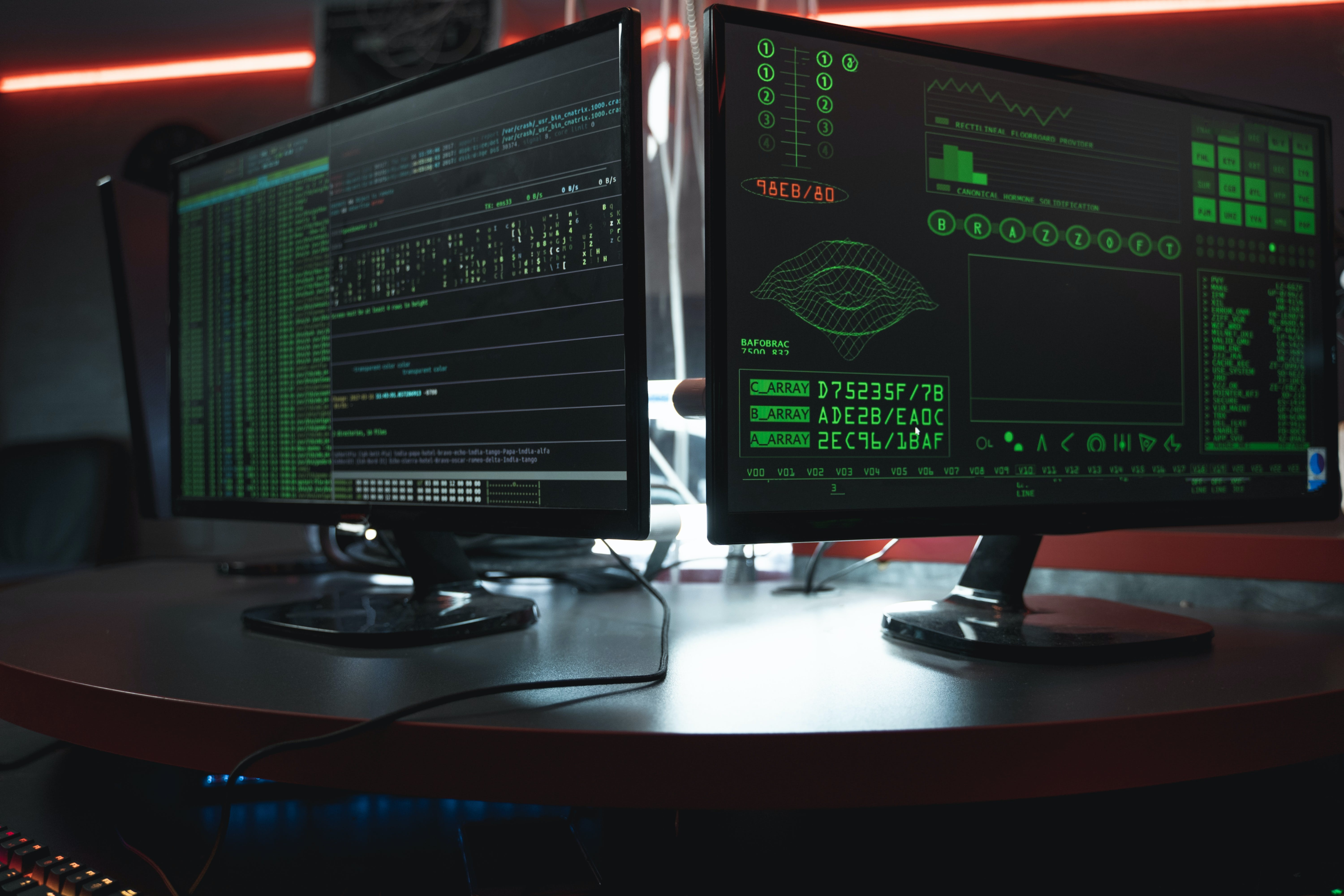
Implement Managed Security Services
As businesses grow, so do their security risks. It is crucial to have managed security services to help protect against cyber threats, breaches, and internal threats. Strike Strategies. (SS) offers a range of security support to cleared industry contractors. The company provides management and administration to plan, develop, monitor, and continually assess industrial security operations to maintain compliance with Defense Counterintelligence and Security Agency (DCSA) and 32 CFR Part 177. For companies that have a Facility Security Officer (FSO), but do not need a full-time resource, SS is a great solution. SS offers full security support, including insider threat program management, IT support, and compliance monitoring. By partnering with SS, businesses can have peace of mind knowing they have a trusted security partner.
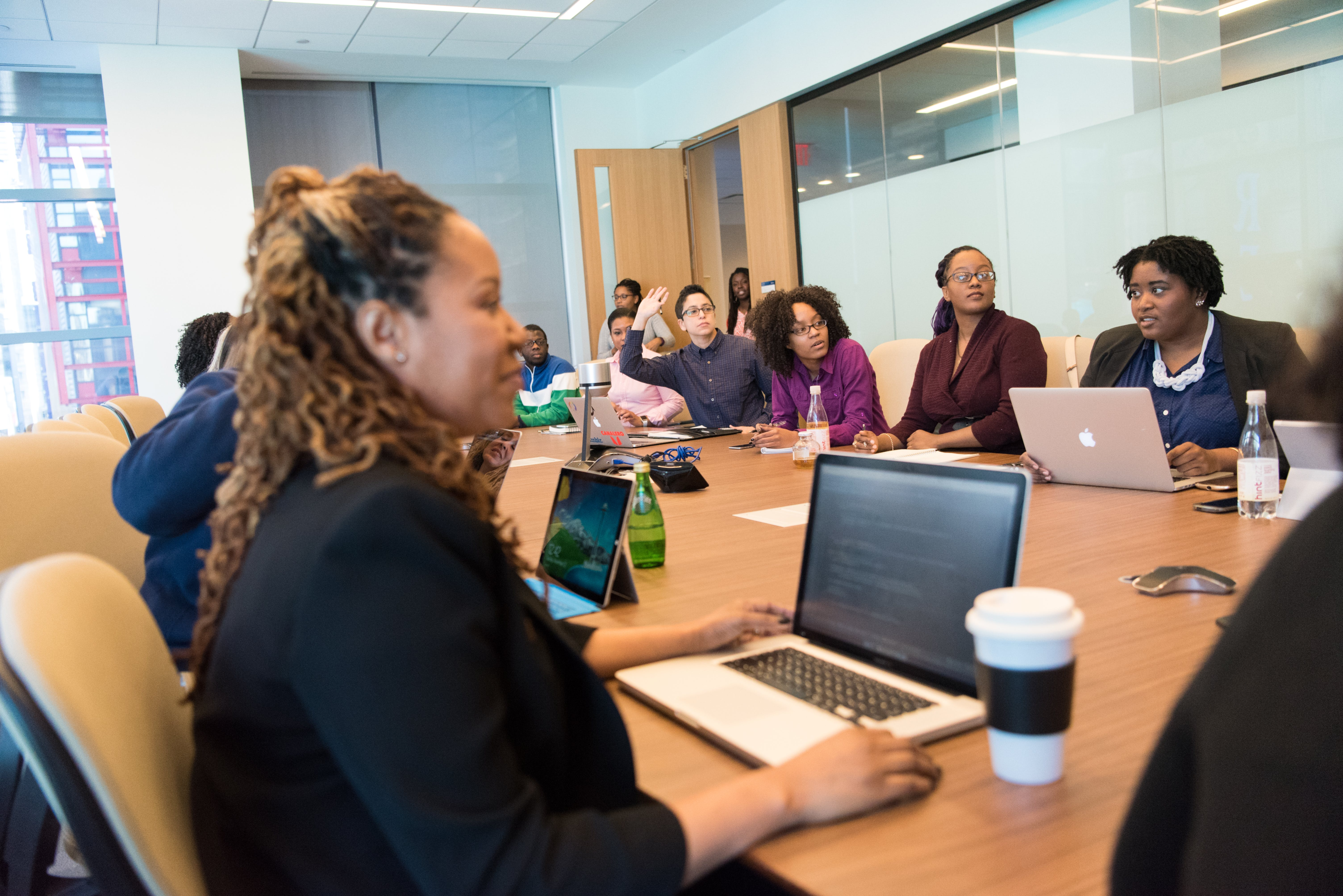
Train Your Employees
Lastly, train your employees on cybersecurity best practices, such as spotting phishing emails, avoiding public Wi-Fi networks, and reporting suspicious activities. Employees are often the weakest link in cybersecurity, making them an easy target for cybercriminals. Therefore, it’s essential to educate your employees on how to identify and avoid potential cyber threats.
Training your employees on cybersecurity best practices not only strengthens your defenses but also fosters a culture of security awareness within the organization. Comprehensive training should include lessons on identifying phishing emails that might appear legitimate but are designed to steal sensitive information.
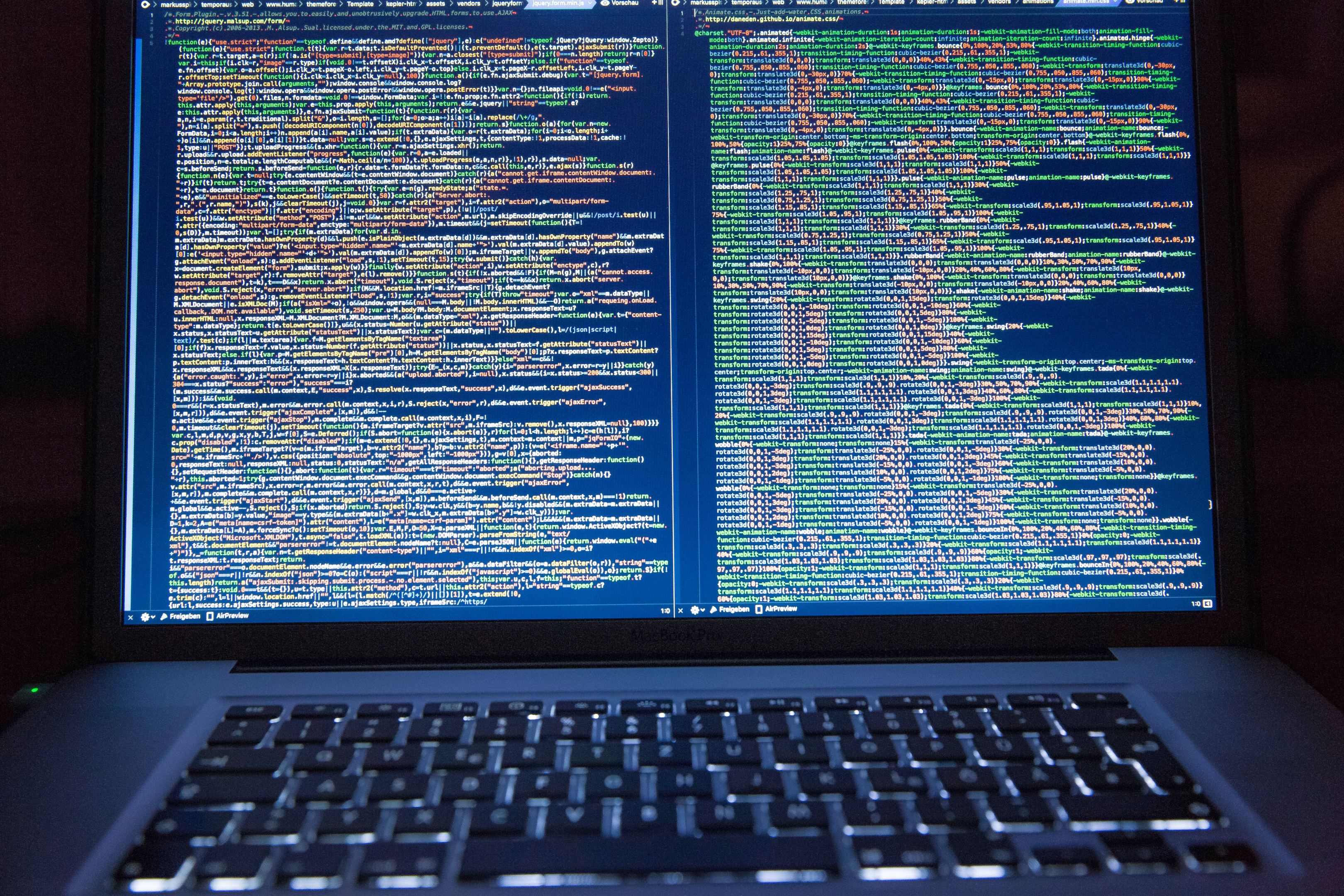
Conclusion
While cyberterrorism can seem overwhelming, it is essential for business owners to be aware of the risks and take appropriate measures to protect their company. Staying informed about current threats and educating your employees on best practices can go a long way in keeping your business safe. Implementing security measures and regular assessments by a professional can help you detect vulnerabilities and proactively address them. By following these tips, you can reduce the risk of becoming a victim of cyberterrorism and enjoy greater peace of mind in running your business.
About Strike Strategies
Our suite of managed security services is designed to cater to the specific requirements of your enterprise. Our dedicated professionals are committed to safeguarding your systems and data from security breaches such as tailgating and a myriad other cyber threats. Furthermore, we assure adherence to applicable legal and regulatory standards. Reach out to us today to discover more about the security solutions we offer!

